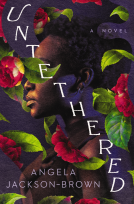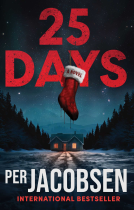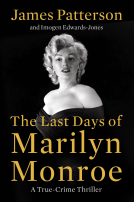
Black Boys Burning
The 1959 Fire at the Arkansas Negro Boys Industrial School
by Grif Stockley
This title was previously available on NetGalley and is now archived.
Send NetGalley books directly to your Kindle or Kindle app
1
To read on a Kindle or Kindle app, please add kindle@netgalley.com as an approved email address to receive files in your Amazon account. Click here for step-by-step instructions.
2
Also find your Kindle email address within your Amazon account, and enter it here.
Pub Date Jul 28 2017 | Archive Date Feb 23 2018
Description
On the morning of March 5, 1959, Luvenia Long was listening to gospel music when a news bulletin interrupted her radio program. Fire had engulfed the Arkansas Negro Boys Industrial School in Wrightsville, thirteen miles outside of Little Rock. Her son Lindsey had been confined there since January 14, after a judge for juveniles found him guilty of stealing from a neighborhood store owner. To her horror, Lindsey was not among the forty-eight boys who had clawed their way through the windows of the dormitory to safety. Instead, he was among the twenty-one boys between the ages of thirteen and seventeen who burned to death.
Black Boys Burning presents a focused explanation of how systemic poverty perpetuated by white supremacy sealed the fate of those students. A careful telling of the history of the school and fire, the book provides readers a fresh understanding of the broad implications of white supremacy. Grif Stockley’s research adds to an evolving understanding of the Jim Crow South, Arkansas’s history, the lawyers who capitalized on this tragedy, and the African American victims.
In hindsight, the disaster at Wrightsville could have been predicted. Immediately after the fire, an unsigned editorial in the Arkansas Democrat noted long-term deterioration, including the wiring, of the buildings. After the Central High School desegregation crisis in 1957, the boys’ deaths eighteen months later were once again an embarrassment to Arkansas. The fire and its circumstances should have provoked southerners to investigate the realities of their “separate but equal institutions.” However, white supremacy ruled the investigations, and the grand jury declared the event to be an anomaly.
Advance Praise
“Twenty-one reform school inmates burned to death one night in 1959 and overnight became one sad statistic: twenty-one ‘bad boys’ who could be quickly and easily forgotten. Over half a century later, Grif Stockley has done those boys the honor of giving them faces and voices. They have earned our grief.”
—Roy Reed, author of Faubus: The Life and Times of an American Prodigal
“Grif Stockley’s relentless research has unlocked the real story of the long-muffled tragedy of twenty-one black boys who burned to death locked in a foul reform school dormitory, blamed by politicians at the time on careless black supervisors. Black Boys Burning takes its place in the vast literary trove of white supremacy.”
—Ernest Dumas, journalist
Available Editions
| ISBN | 9781496812698 |
| PRICE | $35.00 (USD) |
Average rating from 5 members
Readers who liked this book also liked:
Antony Johnston
General Fiction (Adult), Mystery & Thrillers, New Adult
Elle Cosimano
General Fiction (Adult), Mystery & Thrillers
We Are Bookish
Mystery & Thrillers, OwnVoices, Teens & YA
James Patterson; Imogen Edwards-Jones
Historical Fiction, Mystery & Thrillers, True Crime


















